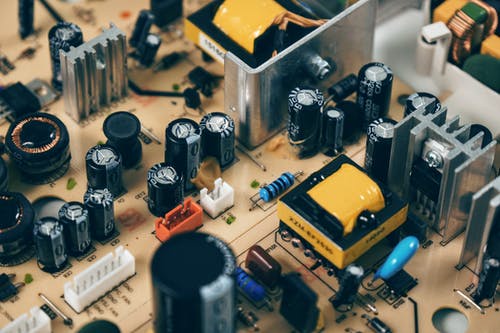Printed Circuit Board Assembly (PCBA) is a critical stage in the manufacturing of electronic devices, where individual components are mounted onto the bare PCB to create a functional electronic assembly. This process involves precise coordination of components, soldering techniques, and quality control measures to ensure the final product meets performance and reliability standards. In this article, we delve into the intricacies of PCBA, exploring its key stages, challenges, and best practices.
Key Stages of Printed Circuit Board Assembly
-
Component Procurement: The process begins with the procurement of electronic components required for the assembly. These components, ranging from resistors and capacitors to integrated circuits and connectors, must be sourced from reliable suppliers to ensure quality and availability.
-
Stencil Fabrication: A stencil is created to apply solder paste onto the PCB, defining the locations where components will be mounted. The stencil is typically laser-cut from a thin sheet of stainless steel or other materials, with cutouts corresponding to the component pads on the PCB.
-
Pick-and-Place: Automated pick-and-place machines are used to precisely position surface-mount components onto the PCB. These machines can handle a wide range of component sizes and shapes, placing them accurately according to the coordinates specified in the assembly file.
-
Reflow Soldering: Once components are placed, the PCB undergoes reflow soldering to permanently attach the components to the board. During this process, the PCB is heated to a temperature that melts the solder paste, forming a secure electrical connection between the components and the PCB pads.
-
Through-Hole Component Insertion: For PCBs with through-hole components, such as connectors and switches, these components are manually or automatically inserted into pre-drilled holes on the PCB before soldering.
-
Wave Soldering or Hand Soldering: Through-hole components are soldered to the PCB using either wave soldering, where the PCB is passed over a wave of molten solder, or hand soldering techniques for smaller batches or specialized components.
-
Inspection and Testing: After soldering, the assembled PCB undergoes inspection and testing to ensure proper solder connections, component placement, and functionality. Automated optical inspection (AOI) and X-ray inspection may be used to detect defects or anomalies.
-
Cleaning: The assembled PCB is cleaned to remove any flux residues or contaminants left over from the soldering process. Cleanliness is critical to prevent corrosion and ensure long-term reliability of the PCB assembly.
Challenges and Best Practices
-
Component Compatibility: Ensuring compatibility between components and PCB specifications is crucial to avoid issues during assembly and operation.
-
Soldering Quality: Proper soldering techniques and control of soldering parameters are essential to prevent defects such as solder bridging, cold solder joints, or insufficient solder.
-
Quality Control: Implementing robust inspection and testing processes helps identify and rectify defects early in the assembly process, reducing rework and improving overall quality.
-
Documentation and Traceability: Maintaining comprehensive documentation and traceability throughout the assembly process enables quick identification of issues and facilitates continuous improvement.
Conclusion
Printed Circuit Board Assembly is a complex process that requires meticulous attention to detail, precision, and quality control. By following best practices and leveraging advanced manufacturing technologies, manufacturers can streamline efficiency, enhance reliability, and deliver high-quality PCB assemblies that meet the demanding requirements of modern electronic devices.


No comments yet